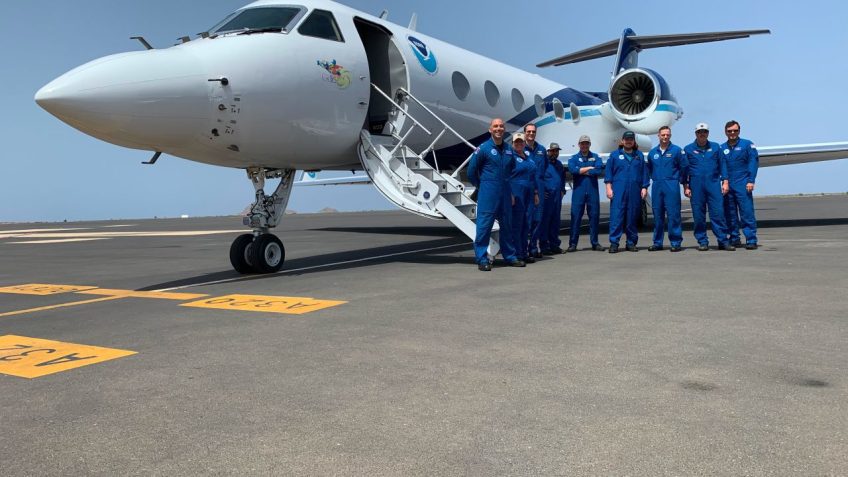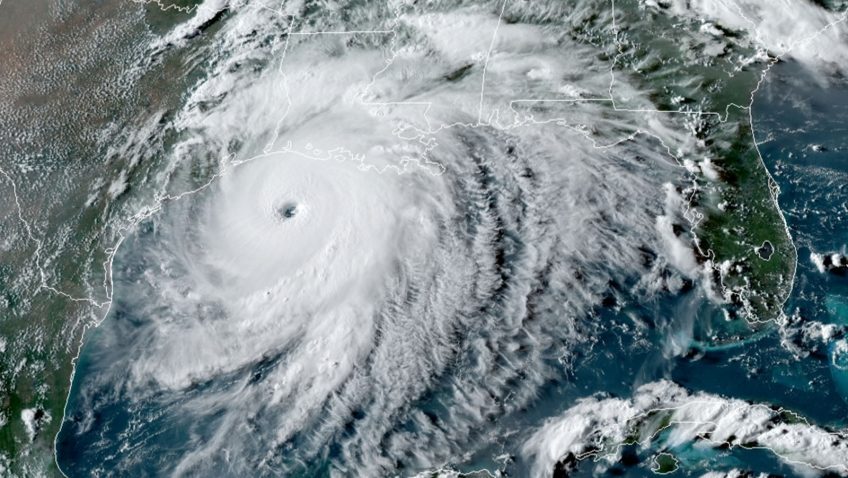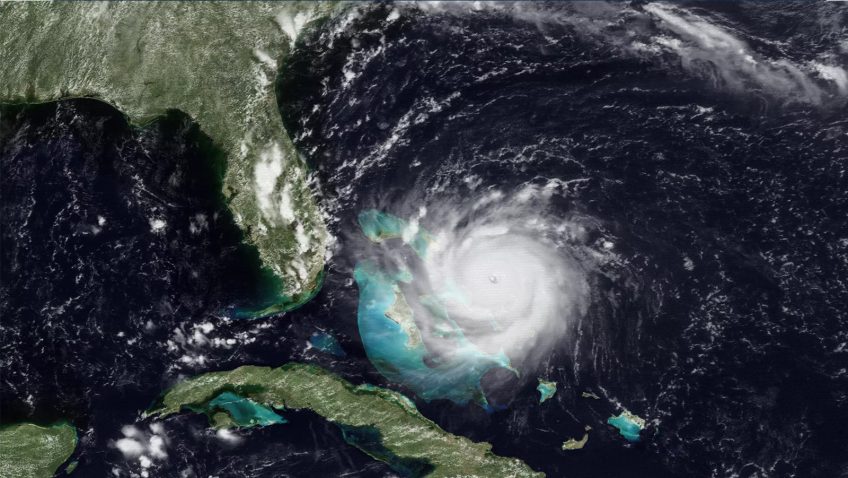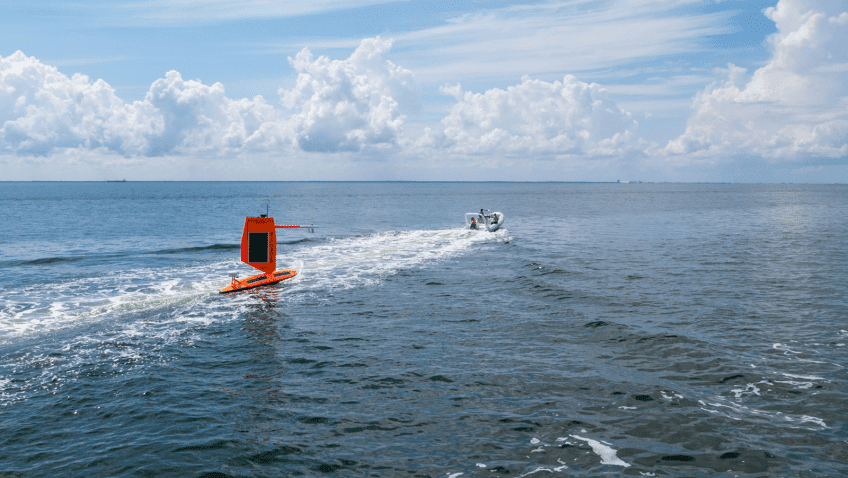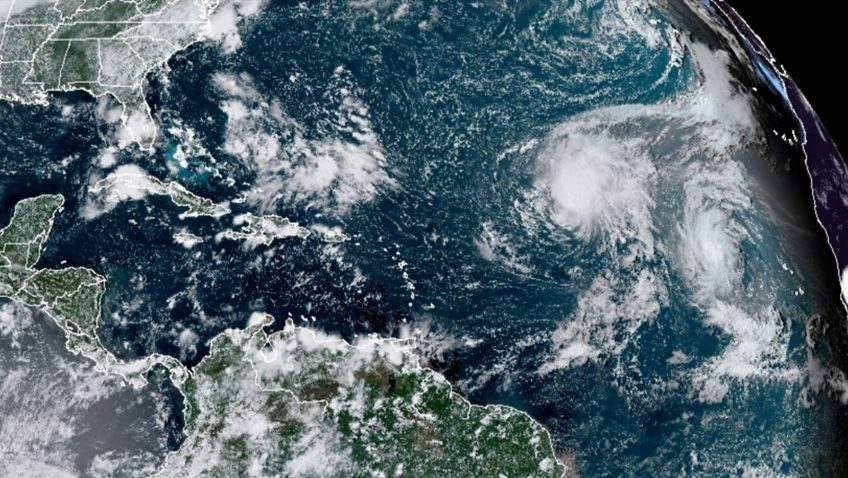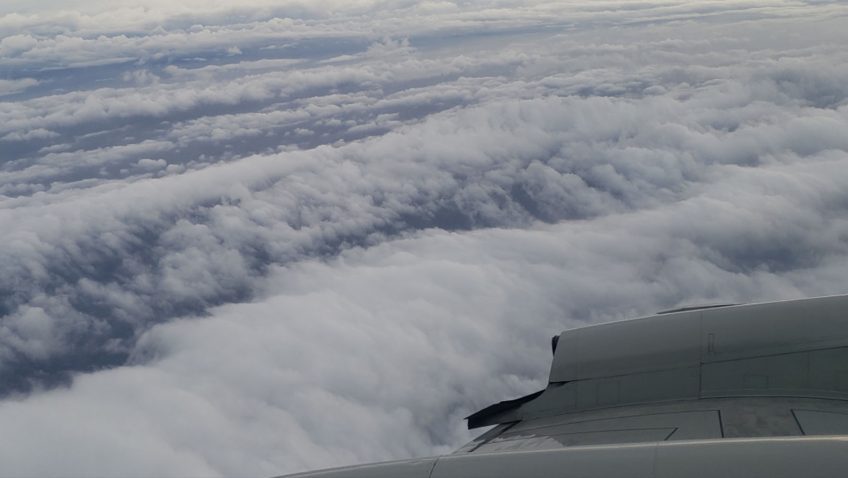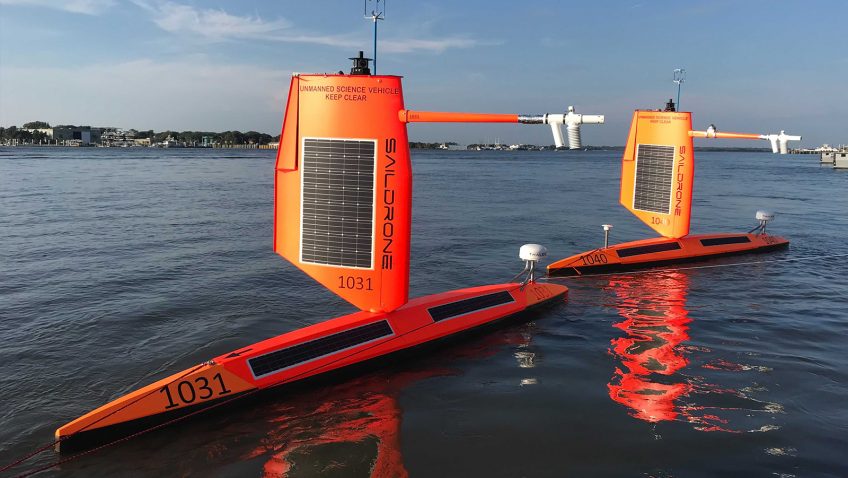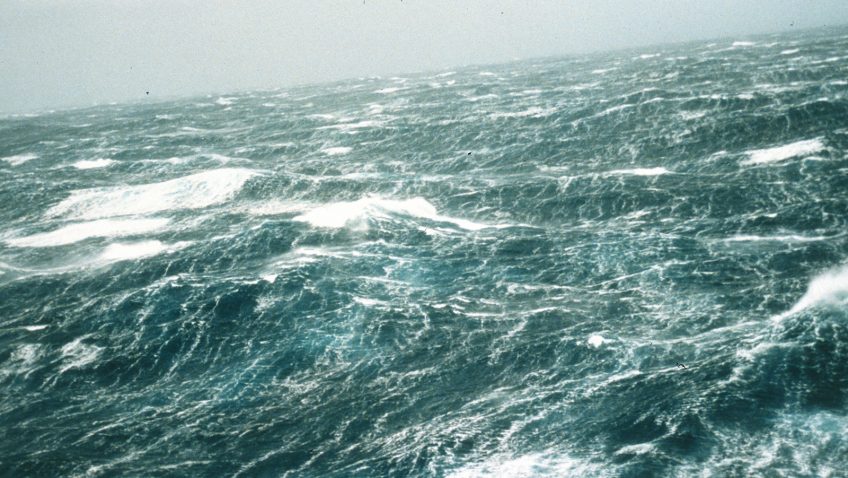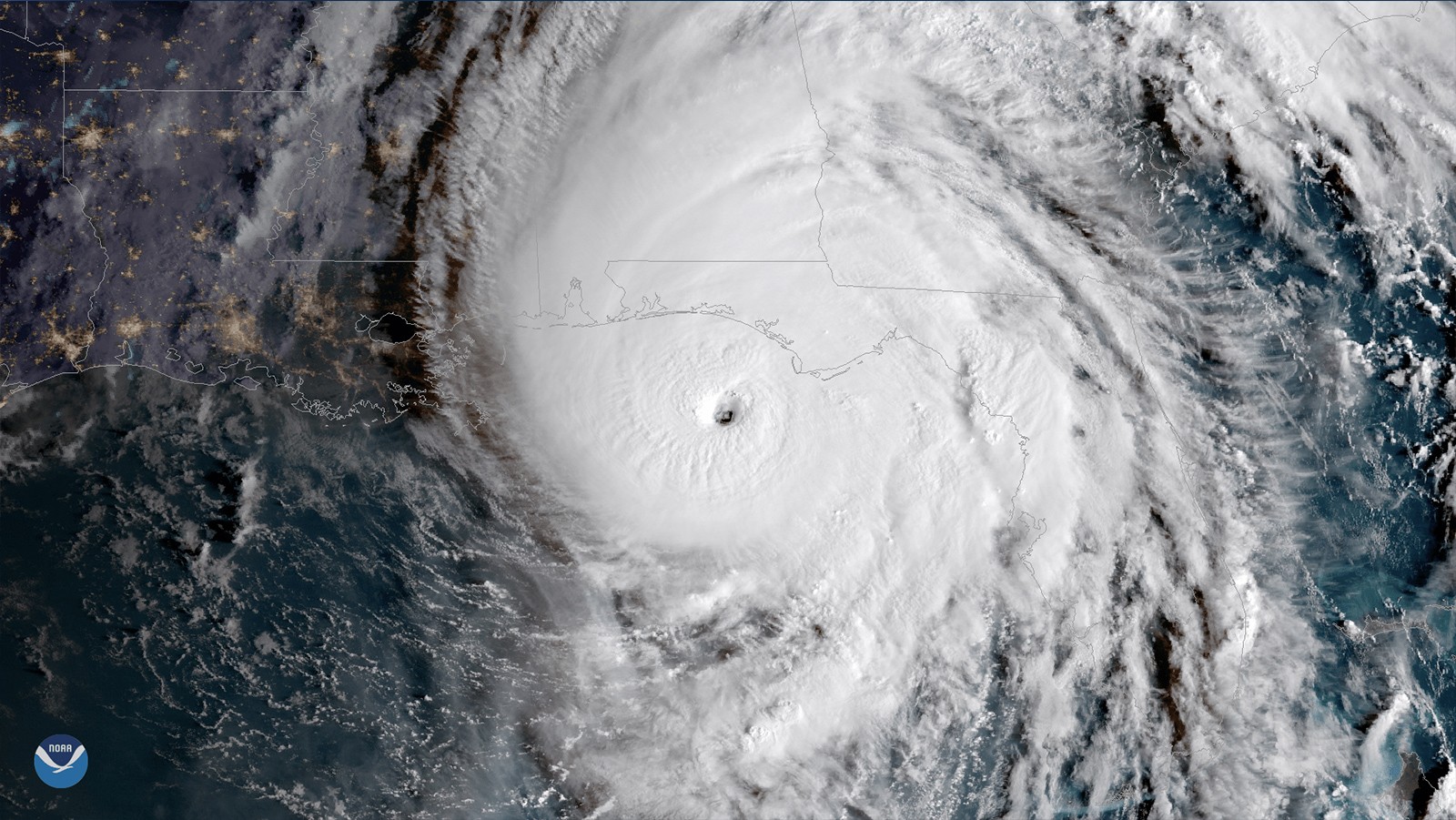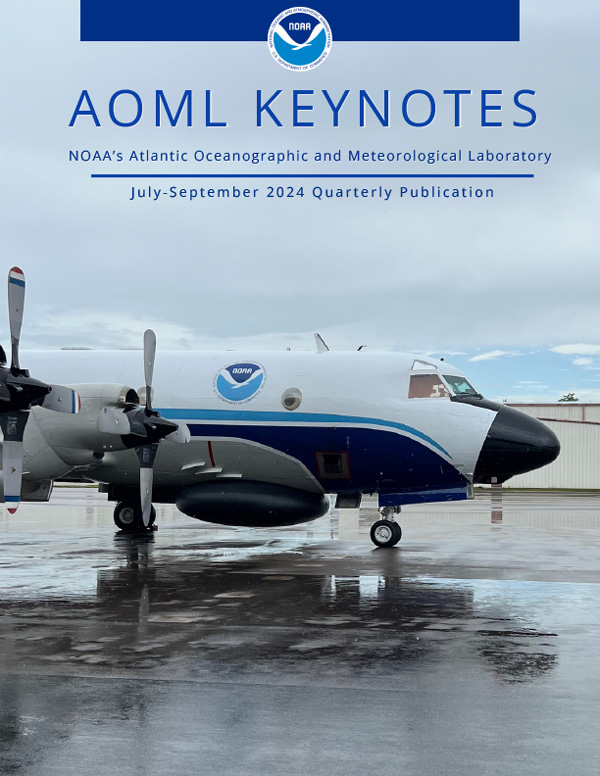First Cabo Verde Missions Explore Earliest Roots of Atlantic Hurricanes
Scientists at AOML deployed to the Cabo Verde islands in August to explore how tropical waves that move off the coast of West African develop into tropical storms and hurricanes. These first-ever missions thousands of miles across the Atlantic mark the farthest distance traveled by NOAA’s Hurricane Hunters to help forecast models better predict the future track and intensity of developing storms.
